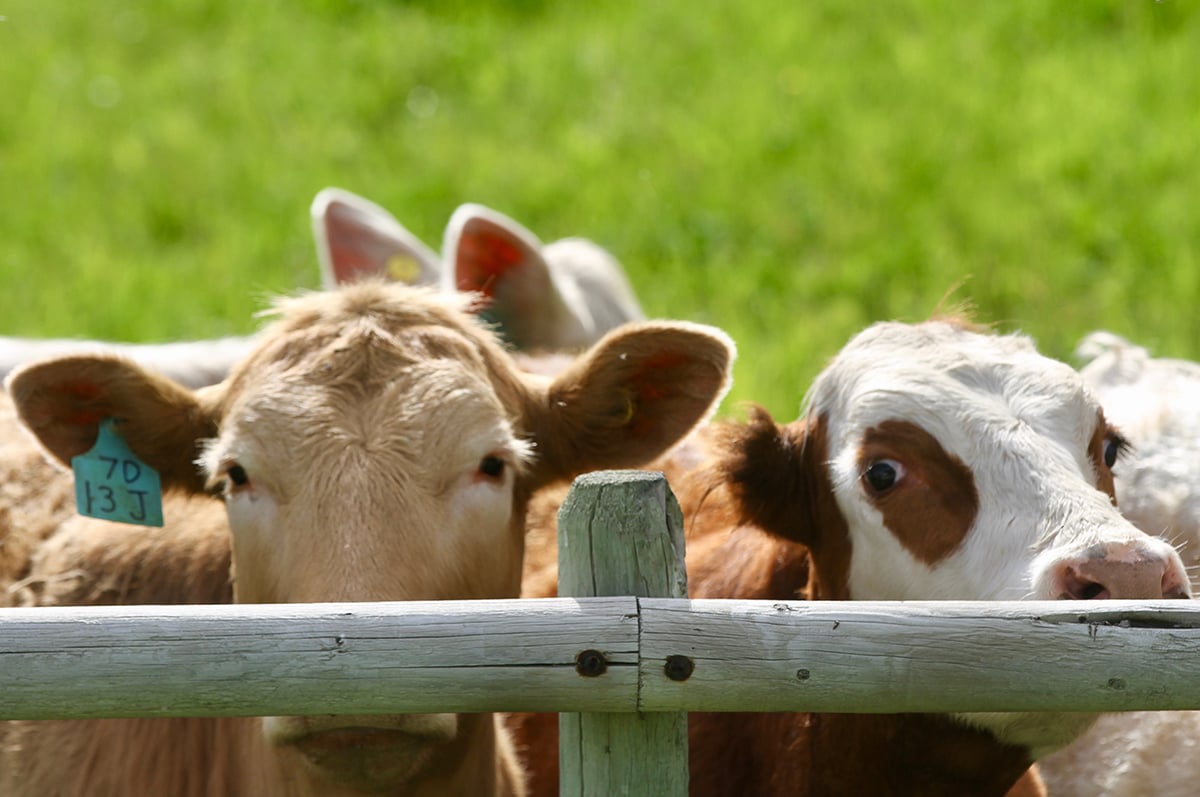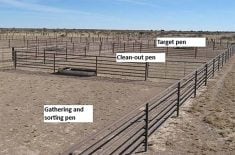A short supply of feeder calves could drive this fall’s beef market sky high but the cost and availability of feed grain could confound market conditions.
“There is no shortage of barley in Western Canada as a whole but barley is not parked in the right spot,” said Errol Anderson of Pro-Market Communications in Calgary.
However, farmers may have several ready buyers for grain this fall.
“The Canadian Wheat Board is going to show up,” said Anderson.
Projected pool return outlooks could reflect better potential returns that lure Manitoba and Saskatchewan farmers to sell to the board rather than the feeding sector.
Read Also

Feeder market consolidates at historic highs
For the week ending Sept. 6, Western Canadian feeder cattle markets were relatively unchanged compared to seven days earlier.
Others hoping for malt barley may hold onto their grain until the spring.
“It’s going to be tougher than (feedlots) think to get this barley out of Saskatchewan,” Anderson said.
Barley exports could reach two million tonnes supplying oil-rich countries in the Middle East where feed grains are in high demand.
Adding to the mix is an anticipated record corn crop of 10.2 billion bushels in the United States.
This is on top of a substantial carryover of about 2.2 billion bu.
If a feedlot can’t get barley price down and corn stays low there could be more corn imported into Alberta and British Columbia, Anderson said.
Besides a shifting grain market, cattle buyers will have to shell out more money for a tight supply of calves.
“It’s more important from a feedlot perspective how well they buy the calf rather than how well they buy the barley,” he said.
Agriculture Canada reports the national beef herd has declined for three consecutive years. At the beginning of the year, the estimated total cattle and calves inventory was 12.7 million head, a decrease of about two percent over 1999.
The high price of calves is good news for cow-calf producers.
“The feeders just won’t go down. They seem bullet proof,” said Anderson.
That has a major impact on the finishing business.
He estimates feedlot per head losses at $100 to $150 partly because of the high cost of calves needed to fill the pens.
Their breakevens are about $95-$103 per hundredweight. The price paid for finished cattle this summer is below that, at about $88-$90.
This could last until fall.
“There is a lot of meat that has to go through the system before we start to pull out of this,” he said.
Herb Locke, an Edmonton-based market analyst, said calf prices may already have peaked for this year. Lightweight calves of around 400 pounds sold for $800 each in July for October delivery. Yet some producers continue to hold back.
“Most people are afraid to sell in case the price goes up even more,” said Locke. “The highest prices for calves are probably behind us.”
Herd rebuilding with subsequent larger calf supplies remains on the horizon.
At this point in the cattle cycle, cow-calf producers are usually feeling flush and start to retain more heifers in the breeding herd.
Grain producers also enter the market to invest in cattle, but the grain market this year has been so poor that there is no extra cash.
Agriculture Canada predicted earlier this year that producers would start retaining heifers as replacements to rebuild the herd this fall.
Locke disagrees.
Heifers are still going to market and the kill remains high.
“They are worth more to feed than to keep on the farm,” he said.















